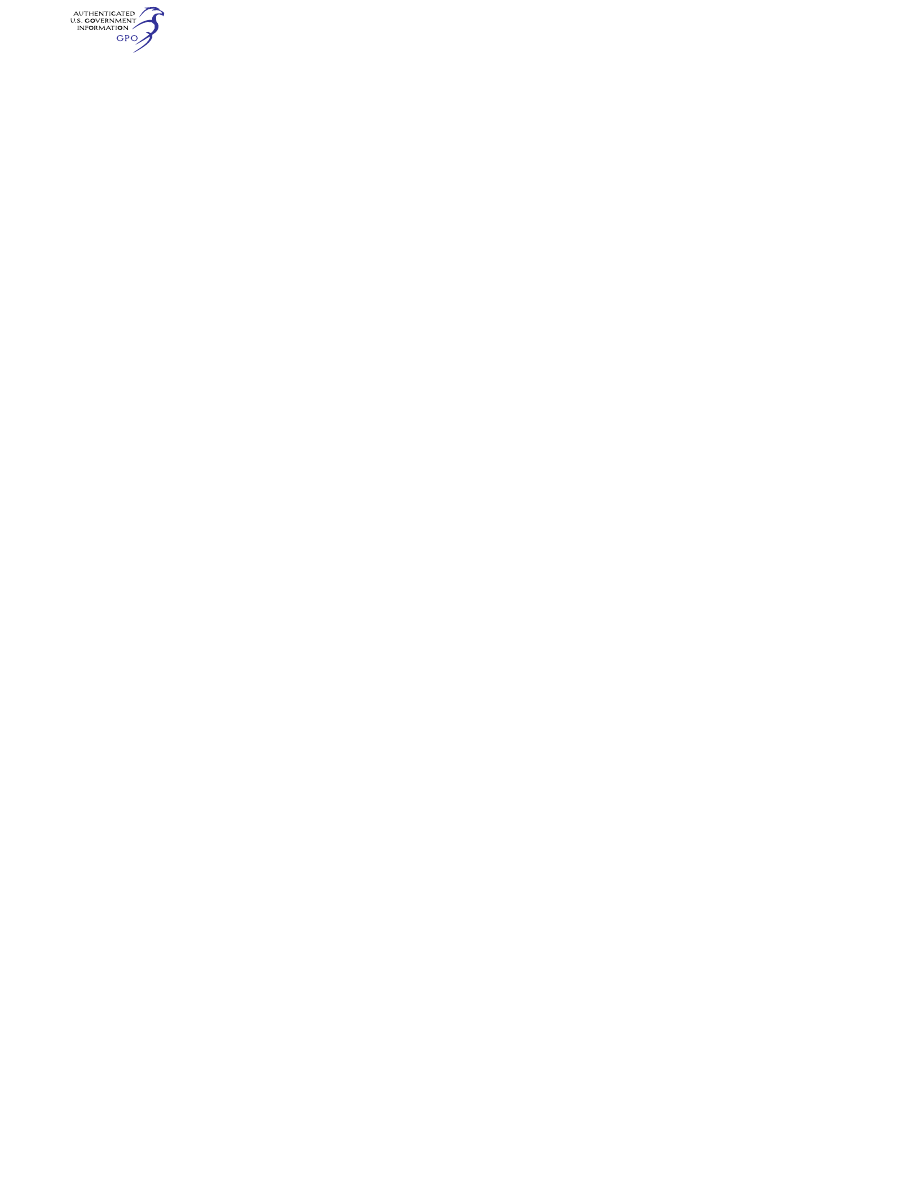
365
Federal Aviation Administration, DOT
§ 125.317
conducted by a training center certifi-
cated under part 142 of this chapter, or
meet the following requirements:
(1) It must be specifically approved
for—
(i) The certificate holder;
(ii) The type airplane and, if applica-
ble, the particular variation within
type for which the check is being con-
ducted; and
(iii) The particular maneuver, proce-
dure, or crewmember function in-
volved.
(2) It must maintain the perform-
ance, functional, and other characteris-
tics that are required for approval.
(3) It must be modified to conform
with any modification to the airplane
being simulated that changes the per-
formance, functional, or other charac-
teristics required for approval.
[Doc. No. 19779, 45 FR 67235, Oct. 9, 1980, as
amended by Amdt. 125–27, 61 FR 34561, July 2,
1996]
Subpart J—Flight Operations
§ 125.311 Flight crewmembers at con-
trols.
(a) Except as provided in paragraph
(b) of this section, each required flight
crewmember on flight deck duty must
remain at the assigned duty station
with seat belt fastened while the air-
plane is taking off or landing and while
it is en route.
(b) A required flight crewmember
may leave the assigned duty station—
(1) If the crewmember’s absence is
necessary for the performance of duties
in connection with the operation of the
airplane;
(2) If the crewmember’s absence is in
connection with physiological needs; or
(3) If the crewmember is taking a rest
period and relief is provided—
(i) In the case of the assigned pilot in
command, by a pilot qualified to act as
pilot in command.
(ii) In the case of the assigned second
in command, by a pilot qualified to act
as second in command of that airplane
during en route operations. However,
the relief pilot need not meet the re-
cent experience requirements of
§ 125.285.
§ 125.313 Manipulation of controls
when carrying passengers.
No pilot in command may allow any
person to manipulate the controls of an
airplane while carrying passengers dur-
ing flight, nor may any person manipu-
late the controls while carrying pas-
sengers during flight, unless that per-
son is a qualified pilot of the certifi-
cate holder operating that airplane.
§ 125.315 Admission to flight deck.
(a) No person may admit any person
to the flight deck of an airplane unless
the person being admitted is—
(1) A crewmember;
(2) An FAA inspector or an author-
ized representative of the National
Transportation Safety Board who is
performing official duties; or
(3) Any person who has the permis-
sion of the pilot in command.
(b) No person may admit any person
to the flight deck unless there is a seat
available for the use of that person in
the passenger compartment, except—
(1) An FAA inspector or an author-
ized representative of the Adminis-
trator or National Transportation
Safety Board who is checking or ob-
serving flight operations; or
(2) A certificated airman employed
by the certificate holder whose duties
require an airman certificate.
§ 125.317 Inspector’s credentials: Ad-
mission to pilots’ compartment: For-
ward observer’s seat.
(a) Whenever, in performing the du-
ties of conducting an inspection, an
FAA inspector presents an Aviation
Safety Inspector credential, FAA Form
110A, to the pilot in command of an
airplane operated by the certificate
holder, the inspector must be given
free and uninterrupted access to the
pilot compartment of that airplane.
However, this paragraph does not limit
the emergency authority of the pilot in
command to exclude any person from
the pilot compartment in the interest
of safety.
(b) A forward observer’s seat on the
flight deck, or forward passenger seat
with headset or speaker, must be pro-
vided for use by the Administrator
while conducting en route inspections.
The suitability of the location of the
seat and the headset or speaker for use
